Over the last few weeks my interest in Symbian has increased dramatically. Free Ovi maps, improved Ovi store, Buzz on Google maps, Gravity and other programs have me struggling to decide whether a move to Android is the best for me. Today, another client app has hit the floor and once again, I’m impressed by the quality.
Skype for Symbian was launched today and includes Voice, IM and SMS features in a tidy and good quality application. I’ve installed the app on my N82 and recorded the process from start to Skype call test. The video is below. (Recorded live from our MeetMobility live stream)
Ovi worked well to find and install the app. Startup and running the app was painless and voice calls and IM work well. As I said, I’m impressed.
One of the things that immediately raised a flag in my mind though was power utilisation. Skype uses a complex P2P network protocol (I studied it once it’s very complex protocol) and on the desktop Skype application you’ll see continuous connects and disconnects from many peers in the network. This sort of network activity is a killer for smartphones power utilisation so I was interested to see what effect Skype had on the N82. I used the Nokia Energy Profiler to do some tests and was pleased to note that the application sleeps peacefully. When there’s no activity on the application it sits in the background with very little usage of the device. I struggled to measure a 50-100mw difference in power drain. Network utilisation was minimal too. A few KB here and there.
Area A on the graph above shows utlisation before starting Skype. IN area B you see Skype starting up and settling back down to very ‘nice’ levels. Also, late in area B is a call set-up. Area C shows the call and you can clearly see 1.6W of utilisation. That’s a huge power drain for a smartphone and a 20 min Skype call is likely to take nearly 25% of a standard smartphone battery. A normal GSM voice call, in comparison, took about 0.75W of power.
BUT…That was over Wifi.
Skype over 3G networks.
Doing the same over 3G is vastly different. The graph below shows that latter part of the Skype launch, set-up and connectivity process and then idle. No call was made during this 45 second period but you can see the average power drain is huge (2x) compared to that which you’ll see over WiFi and there lies the problem.
Skype might be a tidy, well-branded solution for VOIP but it’s not the application you really want to be using when mobile. GSM voice calls remain far more efficient and that’s the reason why Skype on a phone, is not the end of standard cellular voice calls, despite what Engadget might think.
Skype over 2G networks?
Yes. It works. The data rate for a Skype voice call is just a few KB/s so using GSM data for long-distance calls could be a nice money-efficient solution in most cases where people have a data plan. Standby utilisation is still high though and appears to roam around the 0.5-1W level. You won’t want to be using this for incoming calls or IM presence in my opinion.
Summary.
You’ll find Skype for Symbian a high-quality application but you need to be aware of the power utilisation issues. Over 3G it’s almost a non-starter to have this running in the background if you value battery life but there could be some uses when used exclusively over 2G networks. At home, where WiFi and power is readily available, the Skype app turns your smartphone into a very usable Skype phone and IM service and for that, it’s highly recommended.
This test again goes to show how there’s no such thing as idle anymore. Forget what ARM and Intel tell you about idle power because in most smartphone scenarios where we talk about web and internet, it’s irrelevant. Processing the data, handling the comms and then idling and turning the screen and radios to idle is the main challenge and both Intel and ARM partners are in the same boat here. Hurry-up and Get Idle!
Note: Tests done using a Nokia N82 over Vodafone Germany and local Wifi hotspot. Power drain figures will vary based on your phone, your software and the networks you connect to.

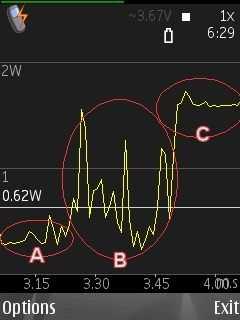
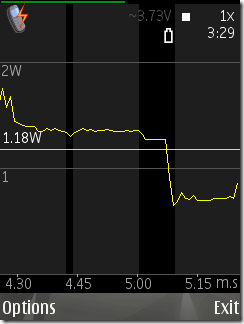
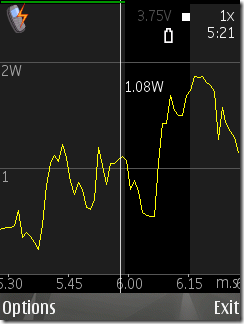

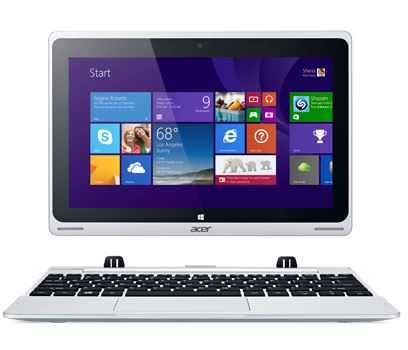
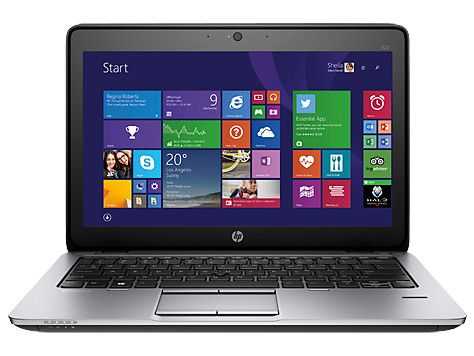
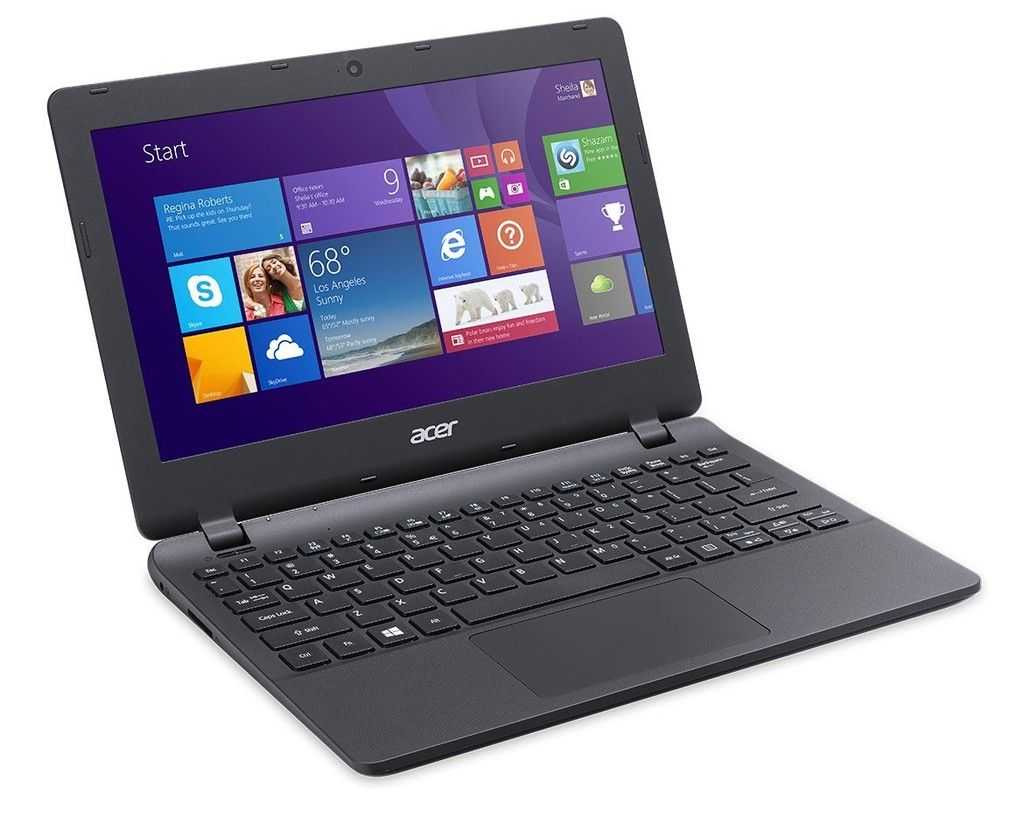

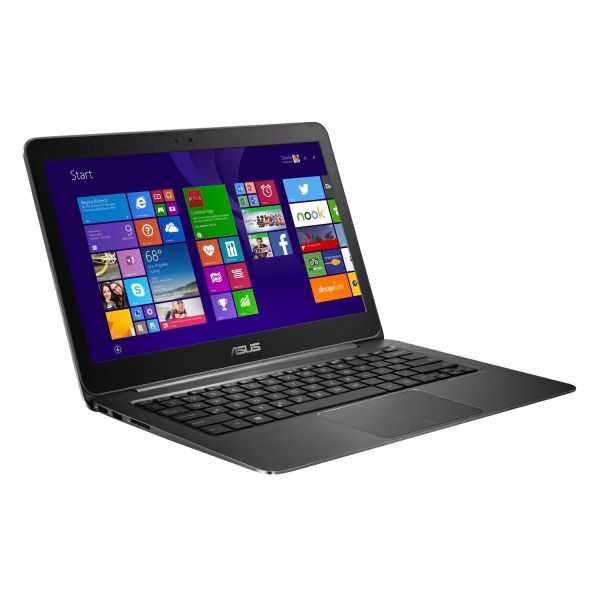


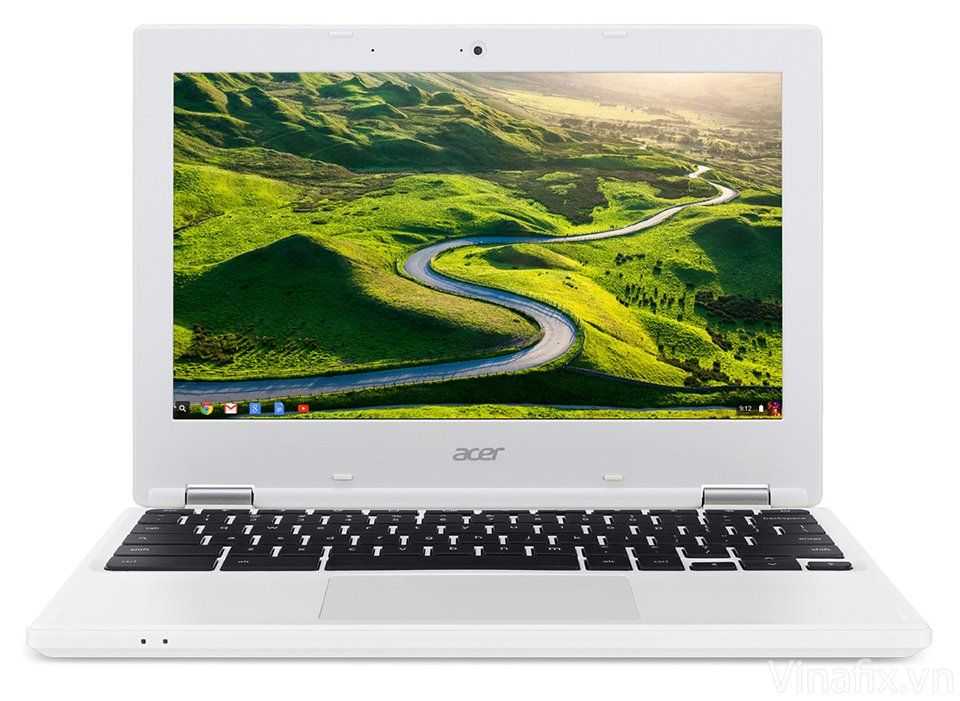
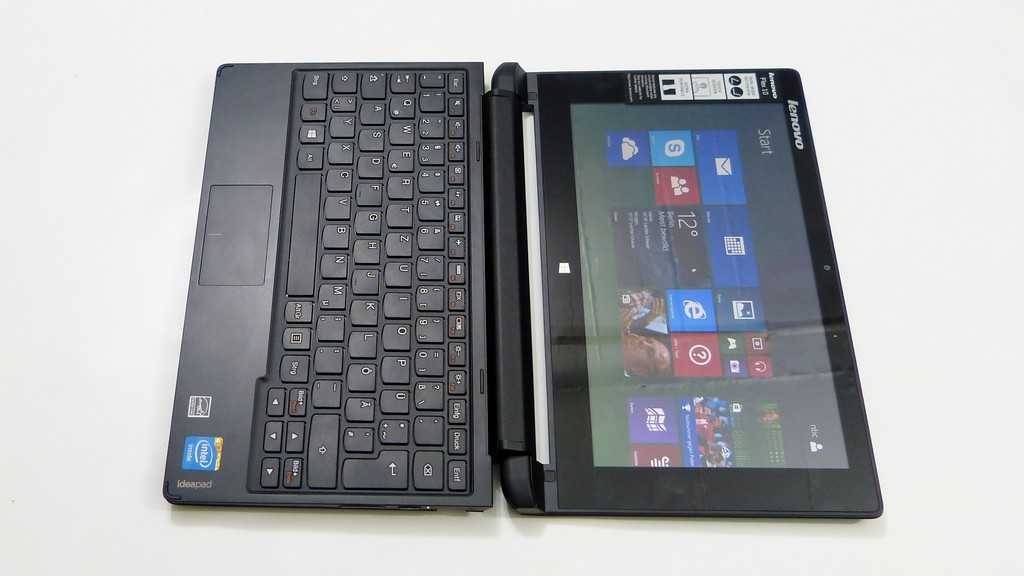
New article: Skype on Symbian – Don't Cancel that Voice Plan! Demo and Thoughts http://bit.ly/9o8x4N
RT @umpcportal: Skype on Symbian – Don't Cancel that Voice Plan! Demo and Thoughts http://bit.ly/9o8x4N < There's no such thing as idle!
Nice testin. I was wondering, using similar testing, how “Fring” compares in power utilization. I’ve been using it in a wide number of platforms, reason why I never wait for skype, or other messenger type of software to release their own version.
Is it possible to receive Skype calls and IM while phone sleeps on 3G/EDGE/GSM network? In other words, when phone goes to sleep, does Skype app logs out?
Can you define ‘sleep’ ? Skype is active in the b/g as long as the phone is on.
Sleep: turn phone off (not completely, just press ‘off’ button). Screen goes off, processor stops, radio is kept on. Put phone into your pants. Phone is a sleep 99% of a time. It will receive texts, calls, will wake on alarms etc.
Question is: after caring a phone in my pants for few hours (minute or two is enough to test it), will it receive some random skype call from my friend? My guess is that Skype will log out the moment I press ‘off’ button.
Hi!
There has be so much hype on Skype over celphone carrier network and I know this is a lot better than using the Wifi network which in my experience with Ipod touch is very frustrating. But the question that’s bothering me which I couldn’t read in any of the reviews, is how do I get charged with my celphone bill if I used Skype calls over my carrier’s network? Did anyone wonder?!
Thank you.
Paquito
This is a data-only skype client. All skype activities will cost you on a per MB basis if you don’t have a data plan. If you do have a data plan, you also need to check that your carrier supports it.
Vodafone DE obviously supports it here.
Steve
Have you tried using the SIP client on S60? It should be more efficient than Skype and I find that most other SIP-based VoIP services tend to be cheaper than Skype when calling actual landlines or mobile phones.
Yes. I use SIP on Nokia. It works well. SIP is a much cleaner protocol for this sort of thing although it doesnt include the messaging aspect. Still, there are plenty of messaging platforms!
Symbian 2 likes good. Ovi Maps works good. I tested it whith the 5230 en N97 mini. Don’t forget that when you ouside the border of your provider you have to pay a lot for roaming. That’s the reason I choose for buying a navigator on my smartphone, also works easier and faster than Ovi Mpas.
I also worked with Skype on a Nokia N900. It was pre installed and worked as it has to work, but after a few Skype calls + 1-2 hours internet I had te recharge the N900 (that’s frustrating for such a havy device). I had the same experience with Fring and other phones. I solved the problem by taking a SkypeIn-number and redirect it to my local number. When I am in Asia it’s free because I also using SkypeOut (monthly fixed fee)and people can dial a local number in my country.
Skype on Nokia is not that spectaculair as it sounds. You can also use Fring for your Skype-communication. It would be nice if Skype would develop a version that works like a phone: activating as soon somebody is sending a message or is making a call.
An other point is that Symbian 2 is not as good as Windows Mobile (mail, contacts, calendar). The landscape will probably change later this year. Windows Mobile and Symbian 4 will probably the winnars and not open source.
well, well … what about skype on an netbook with 3/2g connection. i would suspect the same energy draining scheme because 3g/umts means cellular phone connections work this way. may be by coser analysis one will find these effects for any voip application on a pc connected by a cellularphone network. (smartpnones are pc’s too in this sence)
Skype on symbian 8211 don8217t cancel that voice plan demo and thoughts umpcportal ultra mobile personal computing… http://bit.ly/ctLR9f
I figured I might drop a info here to demonstrate you the easiest way to make cash working with dating affiliate together with totally free techniques. I succeeded to earn four thousand bucks per month using the methods in this totally free article, http://bit.ly/5kmonthguide – click to see.
I have long been working with the rtx dualphone 3088 for some time now and I have to reveal you’ll find it a rather chief bit of gear. see … this page